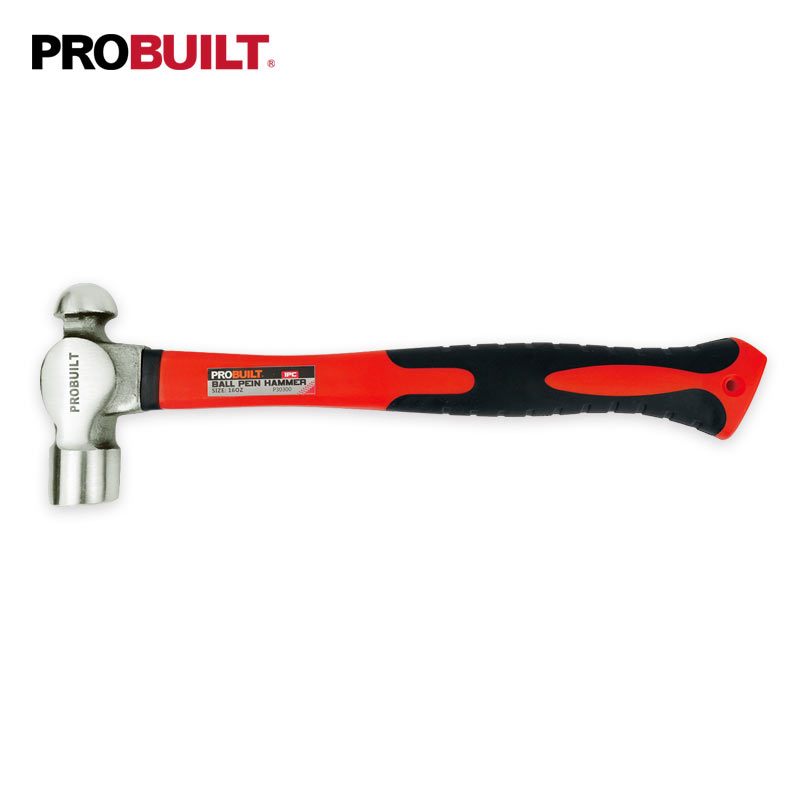+86 311 8533 5186
Choosing the right hammercan significantly improve your work efficiency and safety. Whether you're a professional contractor or a DIY enthusiast, the right hammer makes all the difference. Here’s a quick guide on how to select the perfect hammer based on your needs.

Carpentry and Framing Claw Hammer – The most common hammer, ideal for driving and removing nails. The split end (claw) allows you to easily pull nails out of wood, making it the go-to hammer for carpenters and general builders.
Best for: Nail driving, light demolition.
Metalworking and Shaping: Ball-peen Hammer
– This hammer has a rounded "ball" on one side, ideal for shaping metal or striking chisels. It's perfect for blacksmiths, machinists, and anyone working with metal.
Best for: Metalworking, cold chisels, riveting.
Heavy Demolition and Construction: Sledgehammer
– Designed for heavy-duty tasks, the sledgehammer provides maximum force and impact. Use it for breaking concrete, demolition, or driving stakes.
Best for: Demolition, breaking concrete, heavy construction.
Light (7–10 oz): Best for small tasks like driving small nails.
Standard (16 oz): Ideal for general purpose use.
Heavy (20 oz+): For demanding tasks like framing and demolition.
Wood: Traditional, absorbs shock but can break under heavy use.
Fiberglass: Durable, lightweight, and reduces vibration.
Steel: Extremely strong, but transmits more vibration.
When choosing a hammer, it’s essential to look for a comfortable, ergonomic grip. A hammer with a poor grip can cause blisters, hand fatigue, and reduced control during use.
Non-slip Grips: Many hammers now come with non-slip rubber or textured grips that provide more control, even in wet or oily conditions.
Ergonomic Handles: Some hammers are designed with ergonomic handles that reduce strain on your wrists and hands. This is particularly important for extended use, such as during framing or demolition work.
Vibration-Dampening Features: To reduce hand and arm fatigue, some hammers come with built-in vibration-reducing features, especially important for heavy-use tools like sledgehammers.
Choosing the right hammer is essential to ensure work efficiency, safety and quality. Choose the right hammer by the type of task we want to perform, the weight and size of the hammer, the handle material, the comfort of holding and any other features. If you are still confused about how to choose, please contact us and our professionals will provide you with professional solutions. I hope this article can help you who are interested in. hammers.

Copyright © Sinotools Industrial All Rights Reserved.. Technical Support: